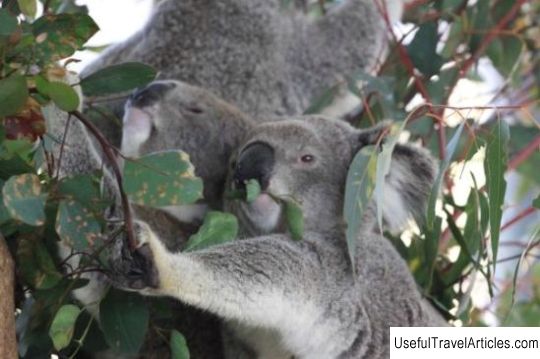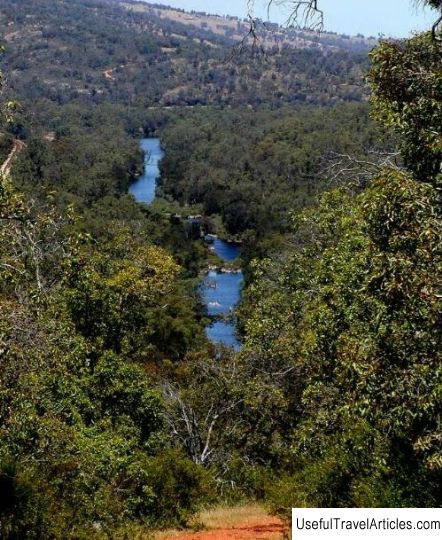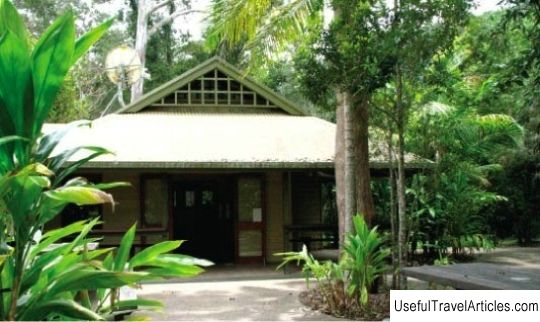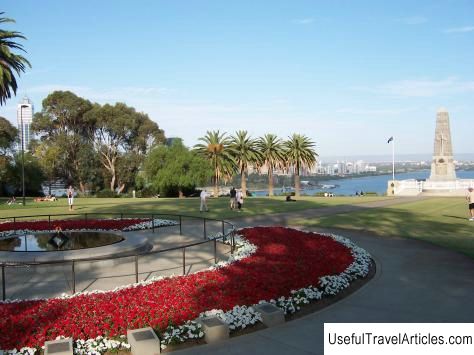Purnululu National Park description and photos - Australia: Perth
Rating: 8,6/10 (1769 votes) 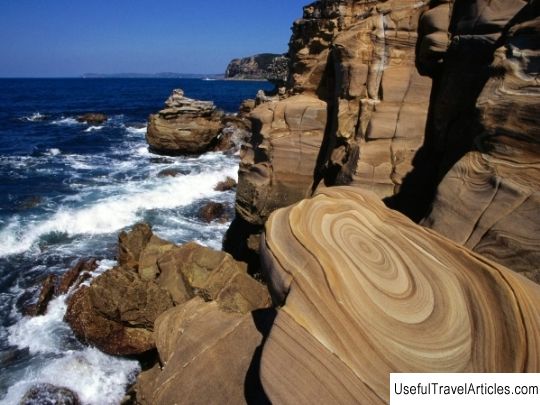
Purnululu National Park description and photos - Australia: Perth. Detailed information about the attraction. Description, photographs and a map showing the nearest significant objects. The name in English is Purnululu National Park. Photo and descriptionPurnululu National Park is one of the most geologically interesting parks in Western Australia, a real open-air museum. In 1987, the park, which occupies 240 thousand hectares on the Kimberley Plateau, was declared a UNESCO World Heritage Site. The nature of these places is truly virgin and unspoiled - the nearest settlement is located 250 km from the park. Purnululu means sandstone in the language of the Aboriginal Kiya tribe. Sometimes the park is called Bangle Bangle after the name of the mountain range of the same name, which is entirely part of the park. The relief of the park is very diverse - it is already mentioned above the Bangle-Bangle mountain range with an area of 45 thousand hectares, vast sandy plains, grassy lowlands in the Ord River valley and limestone rocks in the west and east of the park. The main attraction of Purnululu Park is the mountain formations of the Bangle-Bangle ridge, which took the form of hives as a result of erosion processes that lasted 20 million years. These "hives" have an interesting structure - bright orange sandstone alternates with dark stripes several meters wide. Iron and manganese oxides give them a bright orange color. The arid climate has led to the formation of two ecosystems here - the northern tropical savannas and continental arid deserts. The flora of the park is represented by woodlands and meadows with numerous eucalyptus trees, acacias and grevilleas. In total, there are 653 plant species, 13 of which are relics. The fauna is poorer in terms of species - the park is home to 41 species of mammals, 81 species of reptiles, 15 species of fish and 149 species of birds. The territory of the park was of great economic and cultural importance for the aboriginal tribes - about 200 rock paintings of ancient people and burials were found here. But the Europeans, due to the arid climate and inhospitable natural conditions, bypassed these places. The first pastoralists appeared here only at the end of the 19th century, and the amazing mountain formations of the Bang Bangle ridge were first discovered to the world only in 1982!      We also recommend reading Aviation Museum description and photos - Bulgaria: Plovdiv Topic: Purnululu National Park description and photos - Australia: Perth. |

